When it comes to electric cars, most people think of them as urban commuting vehicles. Driving an electric car on a long-distance trip can be a struggle, as it is usually associated with helplessness and despair, which was a valid point two years ago. Back then, except for Tesla, most car models had an NEDC range of less than 300 km. It was indeed time-consuming and not very pleasant to refuel when traveling 500-600 km in a single trip.
However, things are not as bad as we thought when it comes to driving an electric car on long-distance trips, today. As shown in the survey above, a small portion of electric car owners have driven their electric cars for a single journey of over 1000 km. Of course, there are many Tesla owners among them, whose cruising range is high enough that a 1000 km trip only requires charging twice. But now, mainstream compact electric cars on the market have a basic NEDC range of 400 km, which means they have the ability to travel long distances.
Let’s take a look at the cruising range of high-speed travel for a model with an NEDC range of approximately 400 km.
Using Geely A (NEDC range of 410 km) and NIO ES6 (NEDC range of 430 km) as examples, in summer operating conditions and driving at the speed limit, the estimated cruising range of a fully charged battery is 315 km and 288 km, respectively. This test didn’t include any city street driving, so we believe that the actual range would have a slight improvement if starting from a city.
It seems that for electric cars with an NEDC range of around 400 km, if the trip is less than 250 km one way, it can be done without charging. For trips between 250-500 km one way, only one charge is needed.According to our research, two-thirds of users need to take a rest once every 2-3 hours on a long-distance trip, and a one-way distance of 200-250 km takes at least 2 hours. This is just enough time to combine charging with resting, or even having a meal, so that the charging time doesn’t feel too long.
Many friends may say, what if we need to travel 800 or 1,000 km, and the charging time will still be a big waste of time, electric cars still suck!
You’re not wrong, but the key question is, how many people actually need to travel 800 or 1,000 km a day…is it for a road trip or just rushing?
Based on the above research, 77% (40% + 10% + 27%) of users will consider taking a train or plane for trips over 500 km, so it won’t be too inconvenient to take a 400-500 km electric car for long-distance trips under 500 km this year.
However, there is one caveat: avoid traveling to the western and northeastern regions.
The overall distribution of charging stations in China is shown below, and the coverage of charging stations is relatively low in western and northeastern regions. They can almost be described as “no-station areas”, so for now, it’s better to avoid driving electric cars there.
In addition, since the distribution of charging stations in China is not very uniform, not every service area on the highway has a charging station, and the distance between service areas varies widely, some being only 20 km apart, while others are more than 100 or even 200 km away.
Therefore, if you want to take a long-distance trip by electric car, it’s essential to plan ahead for charging. This can not only alleviate range anxiety but also help you plan your time more effectively and reduce the time wasted on charging and detours.
However, there are not many maps that show charging routes at the moment. We have found 5 charging maps that integrate charging pile information and navigation. Let’s take a look at which one is more popular.It is clear that more than half of the car owners use NIO App, although NIO’s charging map entrance is deeper, the charging map includes all mainstream charging piles on the market, providing more options. In addition to car owners, there are also many service personnel who frequently provide feedback on the relevant status of charging piles, so the information seen by users is also accurate and effective.
However, NIO’s charging map also has a problem, that is, after selecting the destination, NIO will automatically filter out a part of the charging piles, but it cannot display all the piles along the way.
Here, I also recommend the use of charging pile Apps. Firstly, they can also display mainstream charging piles on the market. Secondly, during route planning, they can display almost all charging piles along the way. There is no good or bad logic for these two Apps, they each have their own advantages and disadvantages, so you can use them together for better results.
I believe that if you plan the route carefully, you should have a general idea of how much battery you need for long-distance trips, at least not to run out of power. But you should also leave some margin for yourself, why? As you can see, currently most of the charging piles on the highway owned by State Grid or Southern Grid are in a broken state… there may be some broken piles, although most service areas have four charging piles, what if the ones available are already occupied? This will cause a delay.
Therefore, if there are no special situations, it is recommended to leave some additional battery power for long-distance trips. If you find that the situation is not right, you can directly drive to the next service area with charging conditions for charging.
Of course, I believe that many people think that electric vehicle charging is slow, so charging piles on the highway are always occupied, and there have been such news online.
From the survey, it can be seen that there is almost no queue during non-holiday periods, but it’s hard to say during the National Day and Spring Festival holidays.
Fortunately, there is a solution even if this happens. Let’s hear from this car owner below on how he did it.

Grassland: Has driven a Model X on a self-driving trip of over 3000 km.
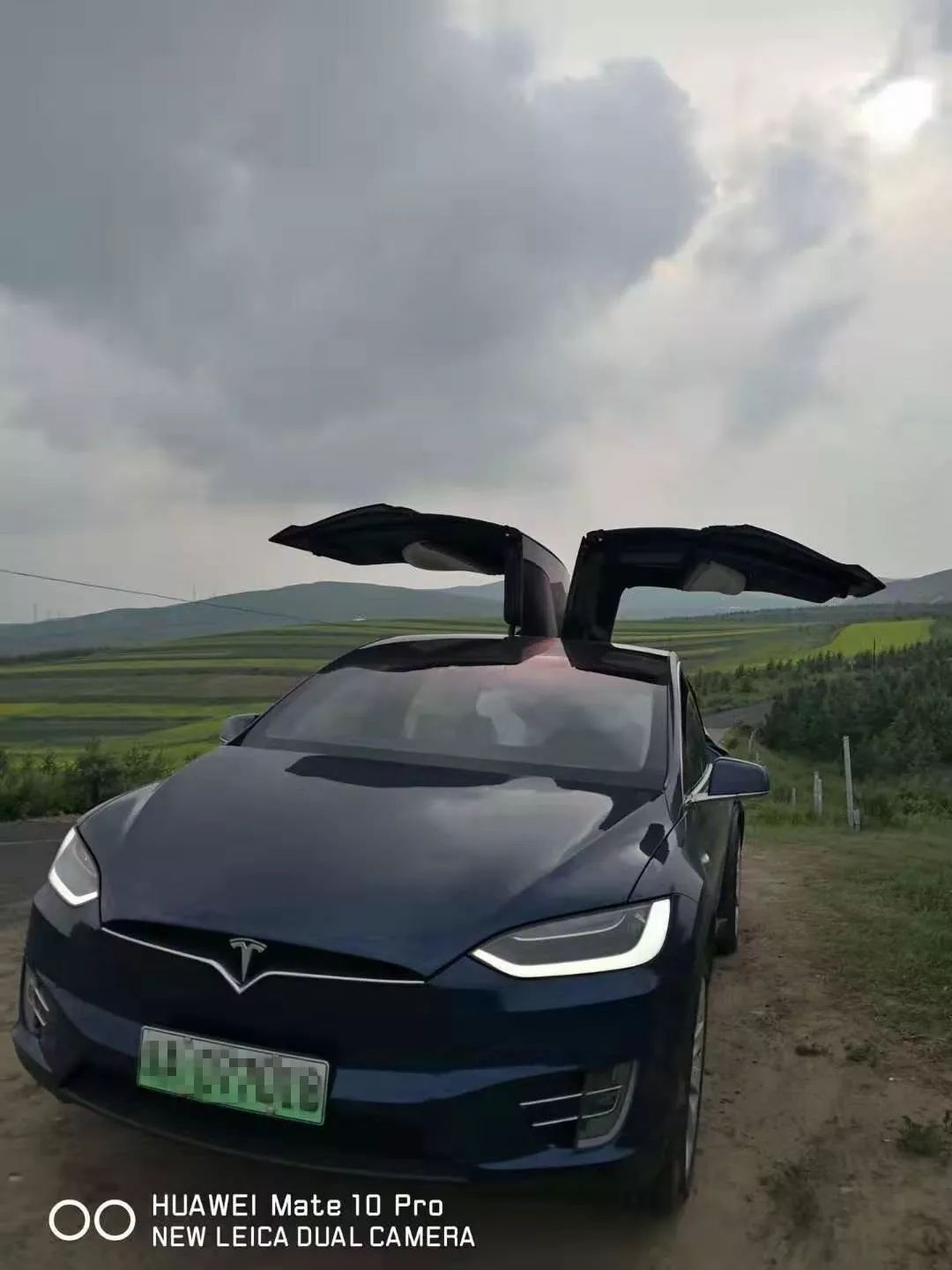
①Priority use of Supercharger, which has fast charging speed and no worry about bad stations
The 3000 km long-distance trip was from Beijing to Zhengzhou to Wuhan, and then back again. On the highway, the car owner always looked for Superchargers which were close to the highway, usually not more than 5 km away. Considering that the Superchargers are fast and even if the round trip is taken into account, they are still much faster than State Grid chargers. However, sometimes they will use State Grid’s chargers to supplement energy while resting. On the contrary, in Zhengzhou and Wuhan cities, they use a third-party charger to supplement energy because it’s far from Superchargers where they stayed.
②Completely free of range anxiety, it is recommended to combine rest with travel, which can save a lot of time
Firstly, there is the State Grid backup at the service area, so at least there is no need to worry about being stranded;
Secondly, the trip was planned in such a manner; they departed at around 8:00 in the morning and drove for four hours over 300 km, then found a Supercharger nearby to have lunch in the afternoon after fully charged they continued to drive. State Grid supplemented the energy during the afternoon, and they drove over 700 km in a day without stress.
Compared with gasoline cars, it takes only an additional hour for a peaceful lunch. If in a hurry, then electric cars may not be comparable to gasoline cars; but they will not have a proper lunch anyway.
③When driving an electric car on a long journey, Baidu Maps is better than Amap
Baidu Maps was used for navigation on the road, which has the advantage that all charging stations have clear prompts. During the journey, Baidu shows all service areas, and there are also icons indicating whether there is a charging station or not, making it possible to decide which service area to stop at any time.
④There may be some problems encountered while charging at the charging stations in the service areas, but there is no need to worry
The car owner encountered several State Grid station issues at several service areas, which wasted some time, but there was no need to worry too much since Superchargers served as a backup, and State Grid’s chargers only supplemented energy. Besides, almost all service areas have charging stations, so the car owner could stop at another service area at most once.⑤ What to do when encountering queues at a highway service area? It is suggested to search for other ground charging stations near the area.
During this year’s Spring Festival, I took a long-distance trip and was too lazy to go to a supercharging station after getting out of the highway during the second half of the trip, so I thought about using State Grid charging stations for a recharge. However, when the mileage was close to depletion, I went to several service areas, and all the charging stations were crowded with vehicles. In some cases, 2 to 3 cars waited in line for a single charging station.
At that time, I didn’t want to wait anymore, so I searched for nearby State Grid charging stations using the “eCharge” App. I found one near the next exit once I got off the highway, which was only one hundred meters away, and there were eight new charging stations available without a single person around.
Moreover, I also checked the situation of gas stations in the service area at that time. There were also 20 to 30 vehicles waiting in line behind each gun, and it took more than an hour to wait for refueling. Therefore, during holidays, it is not only difficult for electric cars to travel, but also for gasoline cars.
(High Energy Below)
⑥ Ensure that you run as fast as possible without slowing down to save electricity, on the premise that you can reach the next charging station.
Many people like to slow down for the sake of endurance when driving on the highway, even if the speed is limited to 120 km/h, they only drive at a speed of 100 km/h, which is not cost-effective. The reason for this is that compared with driving at a speed of 100 km/h, the time saved by running at 120 km/h can be used to charge faster, but the premise is that you can ensure that you can reach the next charging station.
I have calculated this. Taking Model X as an example, assuming that the energy consumption at a speed of 100 km/h is 19 kWh, and at a speed of 120 km/h, it is 23 kWh. If 120 km is driven at a speed of 120 km/h instead of 100 km/h, you can save 12 minutes, but it consumes an additional 4 kWh of electricity. Even if you are using a State Grid 60 kW charging station, the actual charging speed is around 45 kW, and you can still charge about 9 kWh in 12 minutes. There is no doubt that you can charge faster with a supercharger.
(He is really an experienced long-distance electric car guy! Come to think of it, it seems that this is the reason.)
I believe that you may say that Tesla has a long battery life and a supercharging network, which is not representative. But it doesn’t matter, the non-swappable long-distance journey of this NIO ES8 owner below should be very meaningful.
meloy2: Traveling long distances in an ES8 for the first time, only relying on charging at high-speed service areas, driving a total of 651 km in a day.This is the first long-distance trip in my NIO ES8. We have an Audi A5 at home, but there is not enough space for the kids when we go out to play, so we decided to drive the ES8. Luckily, a friend told me that charging along the way is okay, so I didn’t worry too much. We simply planned the route (which only took half a minute on the NIO app) without any battery swapping stations, making it a long journey without changing batteries.
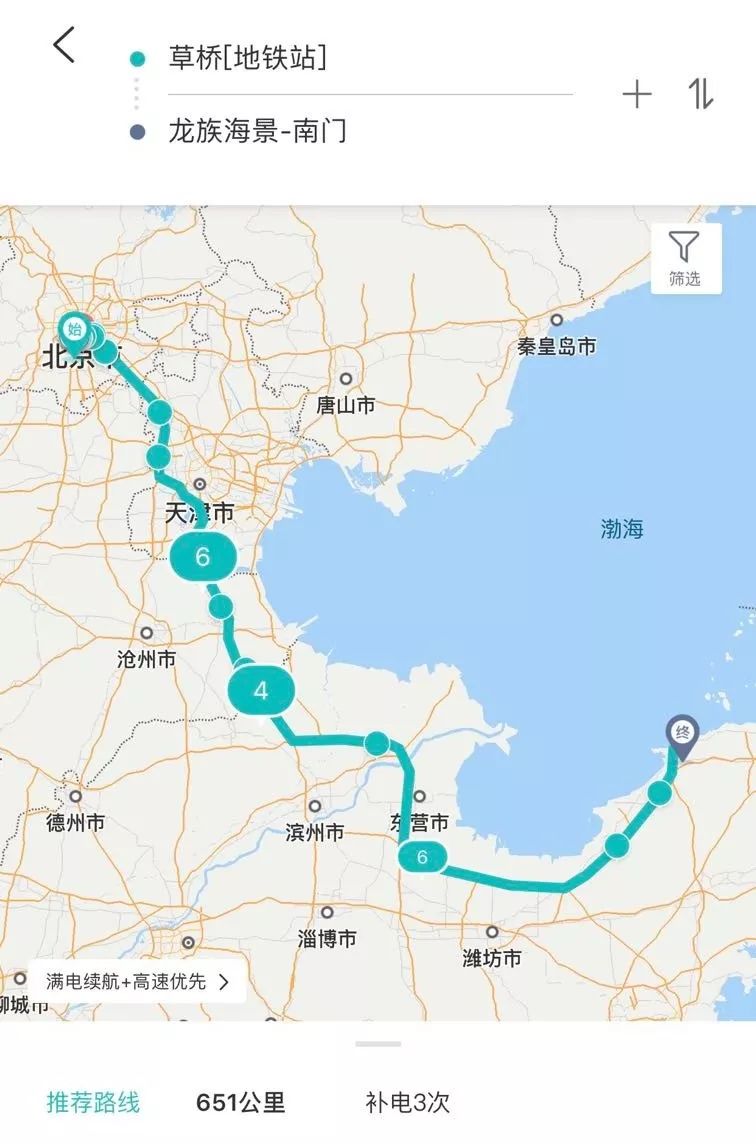
Departure at 6:47 in the morning, arrival at 16:13 in the afternoon. The whole trip covered a distance of 651 km and took 9 hours and 26 minutes, during which the energy supplement time was about 2 hours. I have driven to Longkou in a gasoline car a few times before, and it usually takes at least an hour of rest time. So, after calculation, it only took an extra hour, which is not bad.
Moreover, I roughly estimated that I travelled a total of 1700 km this time with the ES8 (even went to Qingdao and back from Longkou), which saved me more than 1,000 RMB compared to driving a gasoline car (almost all charging was done in high-speed service areas). Overall, I’m quite satisfied and didn’t feel too anxious.

Having this experience, I will drive the ES8 for long-distance travel unless it’s really inconvenient to charge. As I easily become drowsy while driving, I need to take a rest in the middle of the journey. So, for me, as long as the long-distance is not too far, the efficiency of driving an ES8 is not much different from driving a gasoline car after charging once or twice in the middle. Also, NIO offers battery swapping and one-button fast charging, which is very convenient when you arrive at your destination.
After reading these two representative stories of long-distance travel in China, let’s look at a more extreme scenario. As we all know, some sections of German highways have no speed limits, which is not very friendly to electric cars. After all, the faster the speed, the faster the power will be consumed. Let’s take a look at what it’s like to drive an electric car on a long-distance trip in Germany.

Michael: In Germany, I have driven for countless long-distance trips.The longest journey I’ve ever had in one go was from Nice to Berlin, 1400 km. I started at 7 am and arrived at 11:30 pm. I spent 5 hours charging on the way, although I drove pretty fast. If I travel at a steady speed of 120 km/h, it takes about three and a half hours to charge. This was in winter and I’m sure it would be faster in summer.
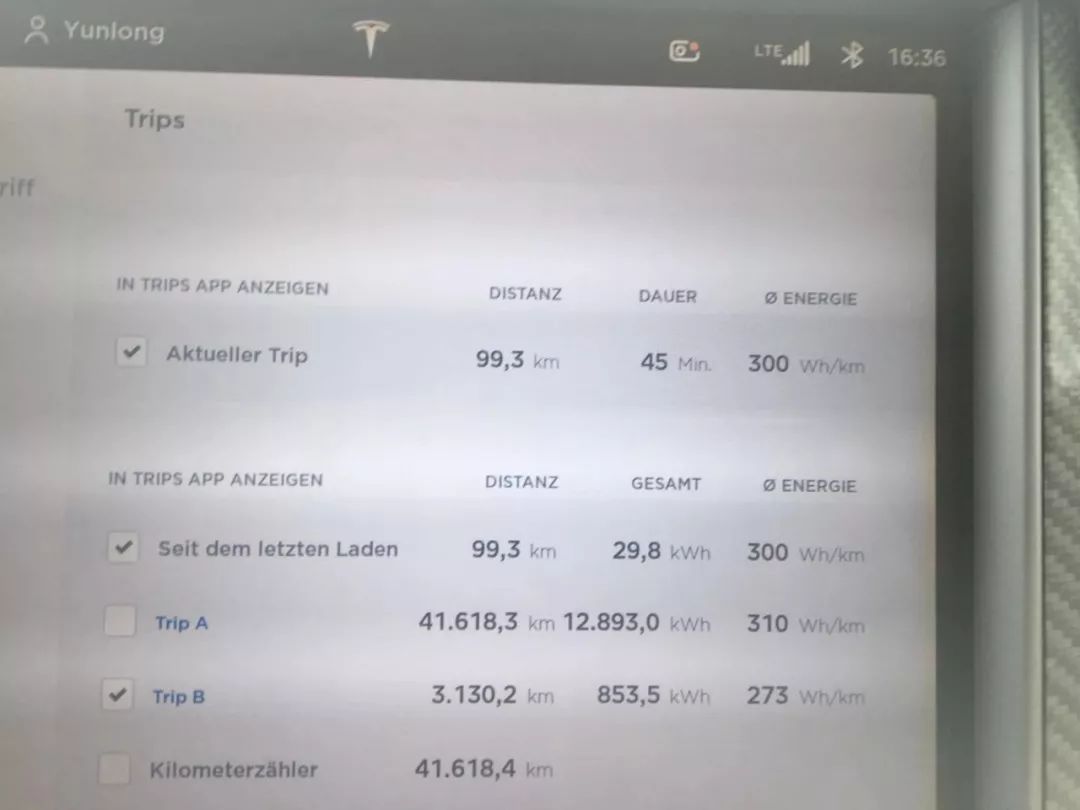
I drove 99.3 km in 45 minutes, averaging over 130 km/h.
The charging facilities in Germany are top-notch, the charging piles are hardly ever faulty, and there are almost no queues. There are several companies with superchargers ranging from 150 kW to 350 kW, all of them located in service areas, which is very convenient.
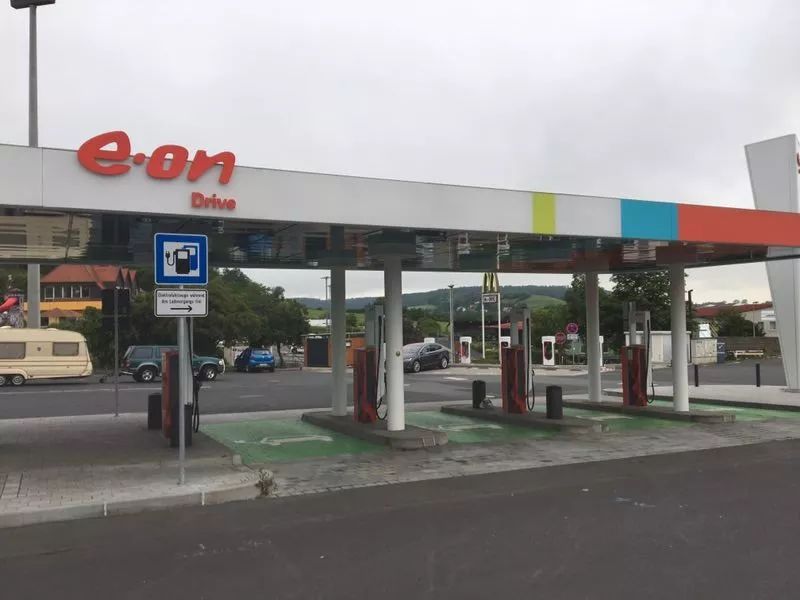
With the current charging speed, there is not much difference between long-distance electric vehicles and gasoline-powered vehicles within 500 km. It becomes more challenging if the distance exceeds 500 km. If you’re going to a big city, it’s better to take a plane with a distance of more than 500 km. If you’re travelling with your spouse and children, it’s better to drive, and you can take the kids to different places for sightseeing and fun. When you need to recharge for a long time during the journey, you usually read or work on your laptop.
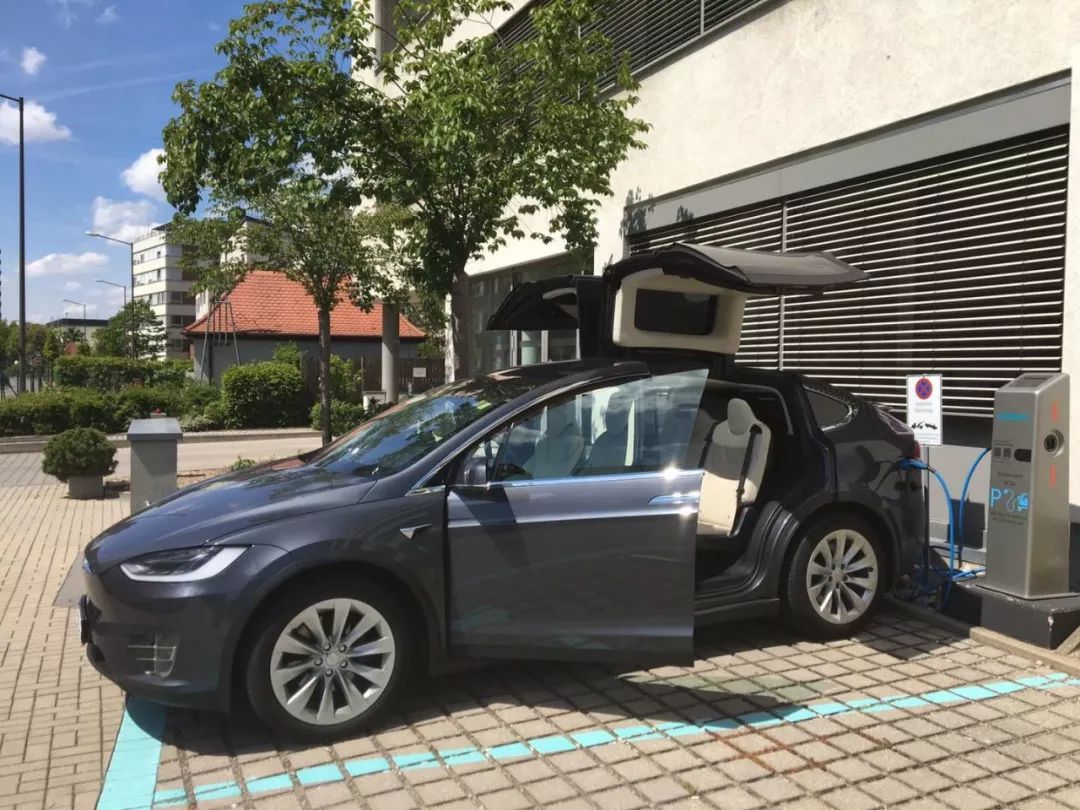
However, if you’re travelling a long distance in Germany, gasoline-powered cars are still much faster. I know a German who drove 2500 km and only took one break (an hour), with the rest being spent on a 3-minute toilet stop. Even if the limit is 120 km/h, the disadvantage of electric vehicles is that they can’t just go and go, and the charging speed still needs to be improved.
After reading the experiences of these three electric vehicle owners travelling long distances, it’s not difficult to see that as long as one plans the charging route and combines charging time with rest time, the experience will not be bad as long as it’s not an excessively long trip. However, compared with the charging conditions on German highways, there is a world of difference in China, where the charging speed is slow, and faulty piles are often encountered. Therefore, I sincerely hope that State Grid and Southern Grid can quickly upgrade the charging power of charging piles in service areas on highways and inspect and maintain the charging equipment regularly to further improve the experience of long-distance travel by electric vehicles.


-
Someone Wants to Sell Their Gasoline Car After Buying Electric Cars? │ 42 Small Data
-
Will the Resale Value of Electric Cars Be Better? │ 42 Small Data

This article is a translation by ChatGPT of a Chinese report from 42HOW. If you have any questions about it, please email bd@42how.com.
